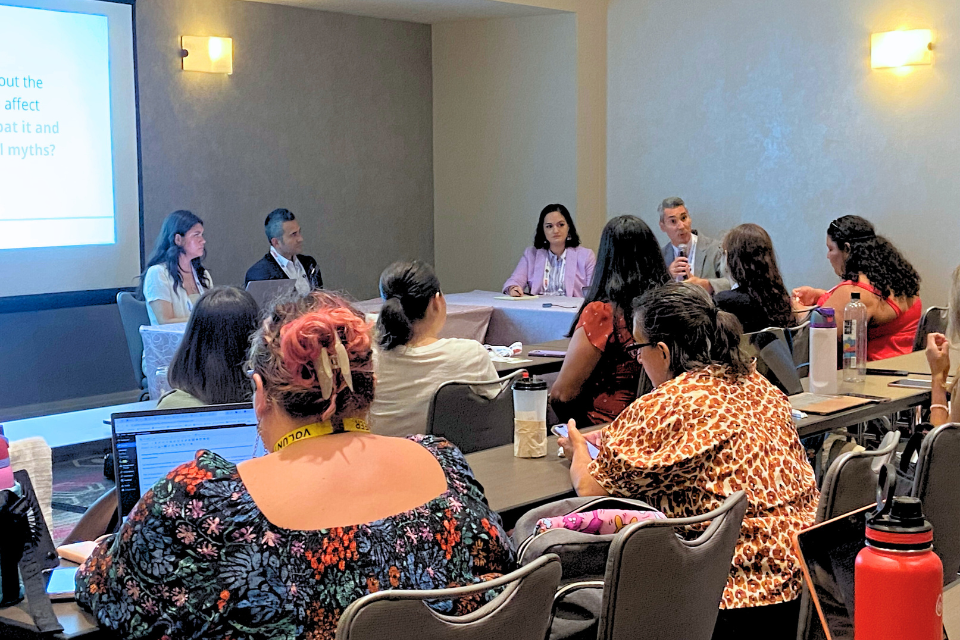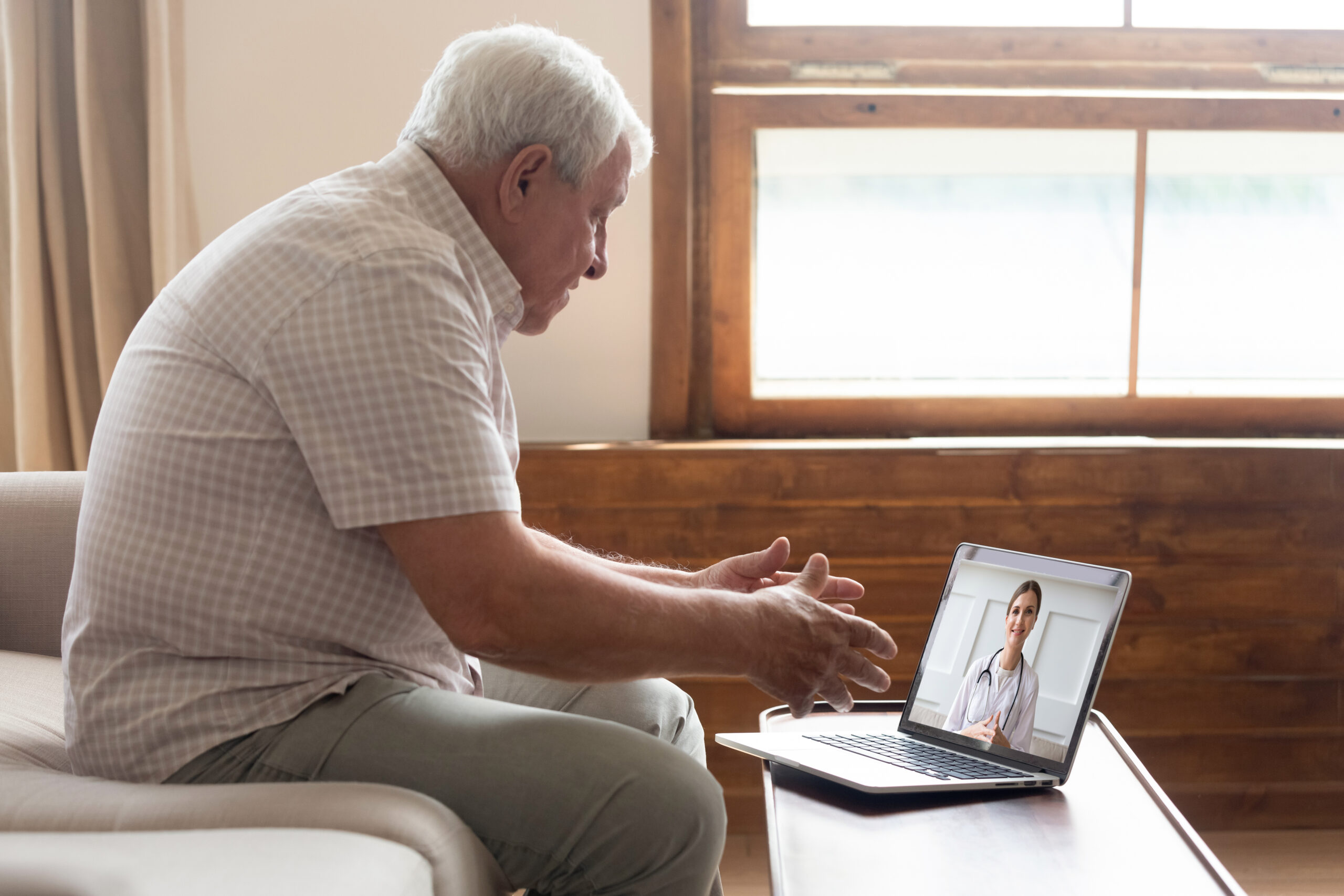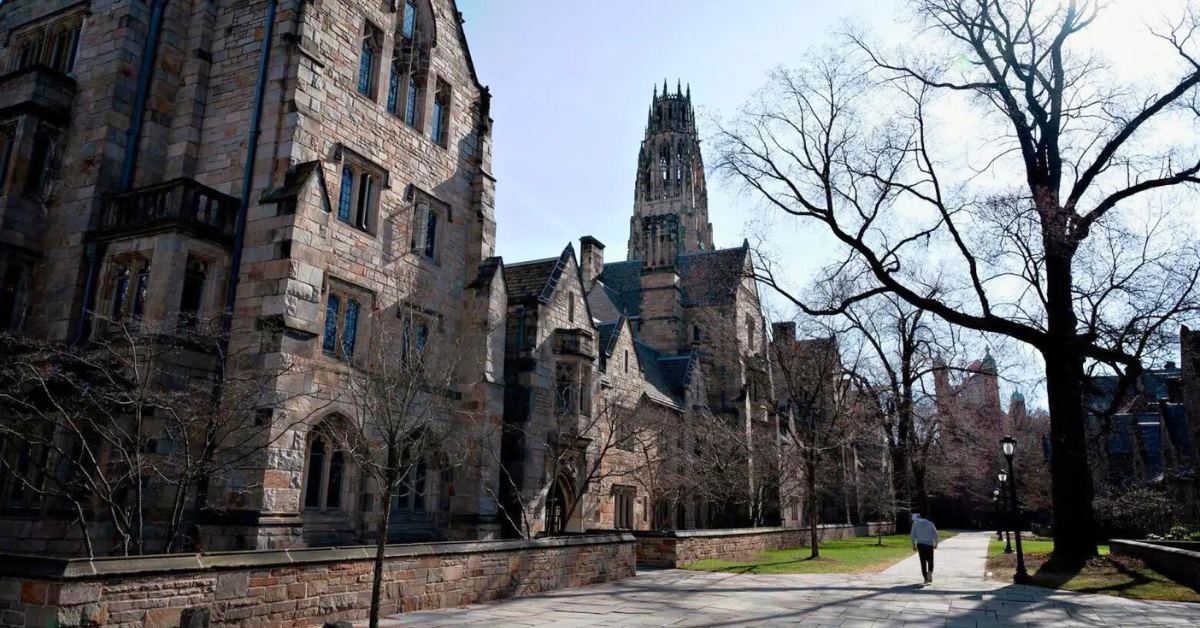By Wayne Jebian
On any given Friday, at 6 p.m. in New Britain Plaza, Connecticut State Check Cashing Service Inc. is busy. New Britain is Connecticut’s 10th biggest city, with a large Latino population and a cluster of check cashing centers in and around it downtown. You can find the same scene being played out in cities across the state.
After working long days, the customers, many of them Latinos rush to these locations to cash their paychecks, paying significant fees for the service. These Latinos represent half of the state’s 73,000 residents, called “the unbanked,” who have either lost or have never had a bank account. Check cashing stores are an alternative system, one that works in the short term but financial professionals say they can be a roadblock for many Latinos, because they do not provide a basic foundation for financial security and prosperity.
Experts say there are numerous reasons why many Latinos don’t have bank accounts – they range from lack of the proper identification documents to having a basic understanding of financial literacy.
To address the identification issue, the City of New Haven helped tackle the problem with a municipal identification card, a first-in-the-nation program which started five years ago and offers identification to residents regardless of immigration status. As a result, local banks have seen an uptick in new accounts, often opened by teenagers when they land their first summer jobs.
Having a grasp of financial literacy can be more complex. According to the President’s Advisory Council on Financial Literacy, personal financial literacy is “the ability to use knowledge and skills to manage financial resources effectively for a lifetime of financial well-being.” It’s more than just being able to balance a checkbook, compare prices or get a job. It also includes skills like long-term vision and planning for the future, and the discipline to use those skills every day.
Pick the Right Bank
The first step on the road to financial literacy, which experts say is what allows you to make informed and effective decisions about your money is to open a bank account. Yet, once an account is opened, all is not golden. Ivonne Trevitazzo, 30, a Primerica agent from the Windsor office, says, “When you have a bank account, be smart with it, because the banking industry is terrible with fees. It can get just as bad as check cashing.” Those words resonate among financial professionals. One high profile regional bank recently upped its minimum balance threshold to $7500.
According to Trevitazzo, having a bank account is a low rung on the ladder of personal financial management, and people have to keep climbing. “First and foremost you want to invest in yourself by getting educated about how money works. The next step is to open a short-term savings account. In case something was to happen, an emergency, you want to make sure you are able to cover that. That’s the immediate, within three to six months, the first thing you want to do. Then after that, you want to open up your retirement account.”
What is important, Trevitazzo’s adds, “Be sure that you become financially independent. Pay yourself first. Be responsible with what you’re doing and live below your means. That could be the basis of it all.”
Plan for the Long Term
Denise Crespo Donovan, whose family came from Spain via Puerto Rico, does have a bank account which she opened when she was 16. Now slightly older and wiser, she works in personal finance and has risen up the ladder at Primerica Inc., a financial services firm. She warns that the next steps after starting a bank account can be tricky.
“I did it backwards, saving for the house and getting life insurance afterwards,” she recalls. “You need life insurance and you need to save money. You have to save money for your future, wealth accumulation, your retirement needs—those are just vital.
“Otherwise, you’ve spent your whole life and you’ve got nothing to show for it. Investing in a house is good, but you’ve just got to be careful how you do it, so that it’s more of an asset than a liability.”
Photo (c) Creative Commons



